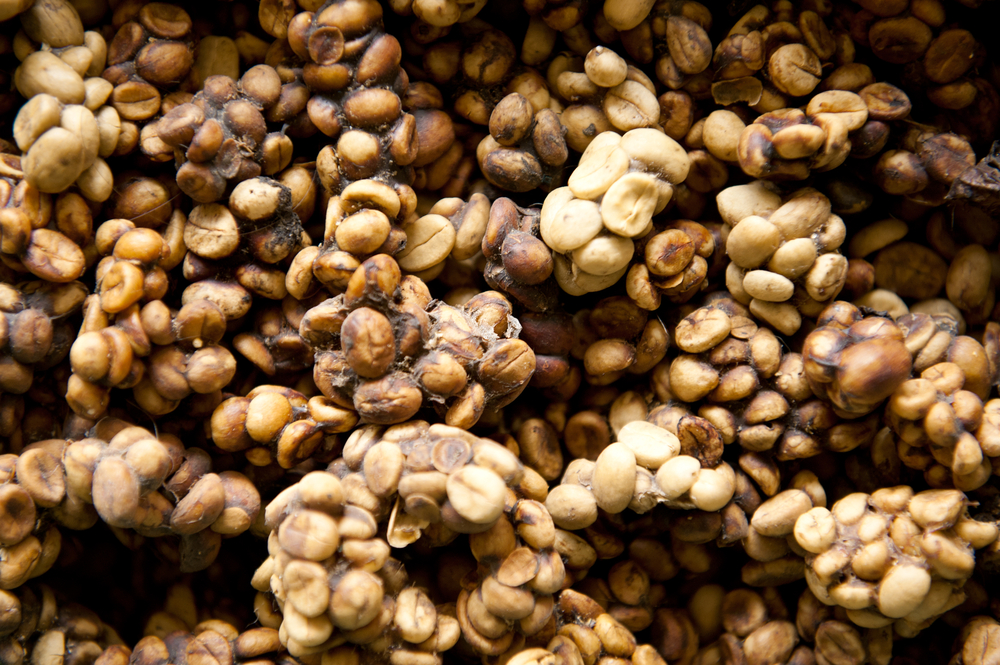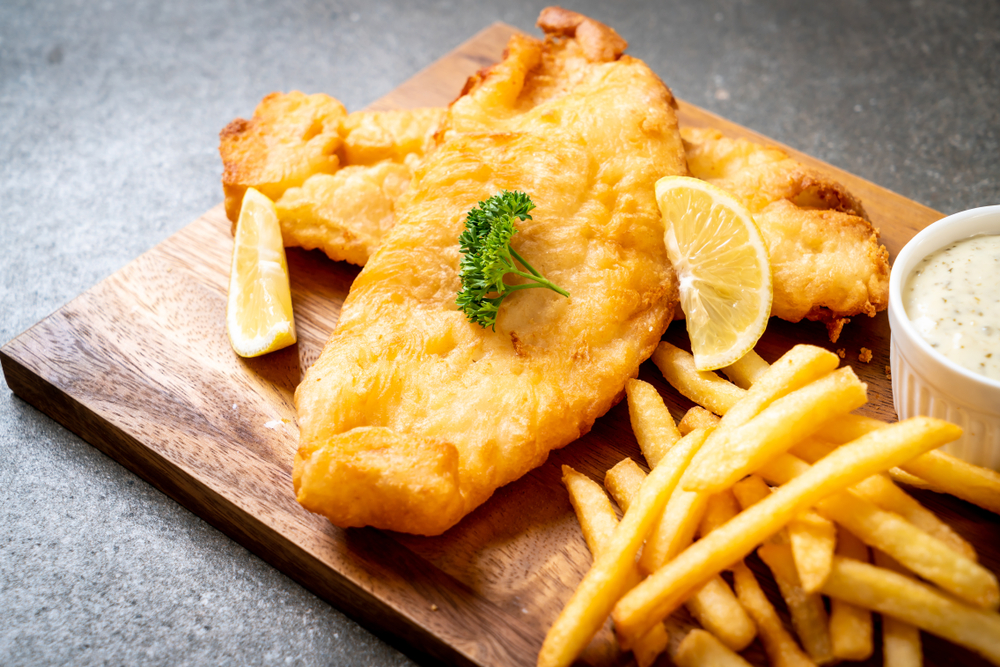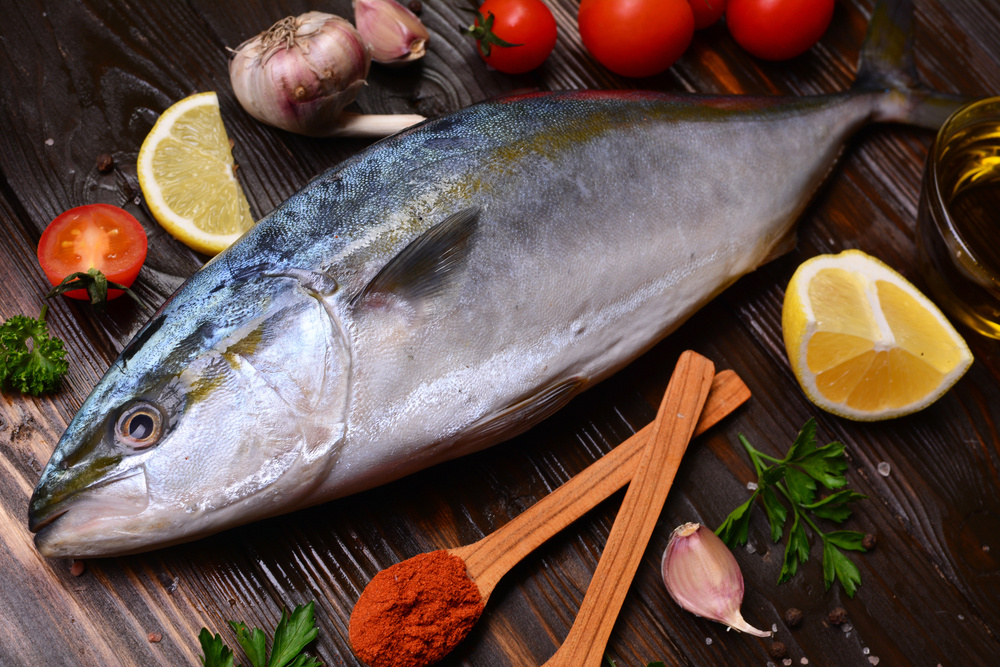Otoro is the fattiest part of tuna. It is much sweeter than the rest of the tuna, and because of the fat content it melts in your mouth. The highest quality of otoro is obtained from bluefin tuna. Because of its unique flavor and scarcity, it is usually the most expensive tuna.
Top quality otoro is only obtained from one fish, the bluefin tuna. It’s made from the fattiest part of the tuna, near the abdomen. This gives it a sweeter taste, and its rarity causes it to be one of the most expensive tunas. Otoro can cost up to $75 USD per pound.
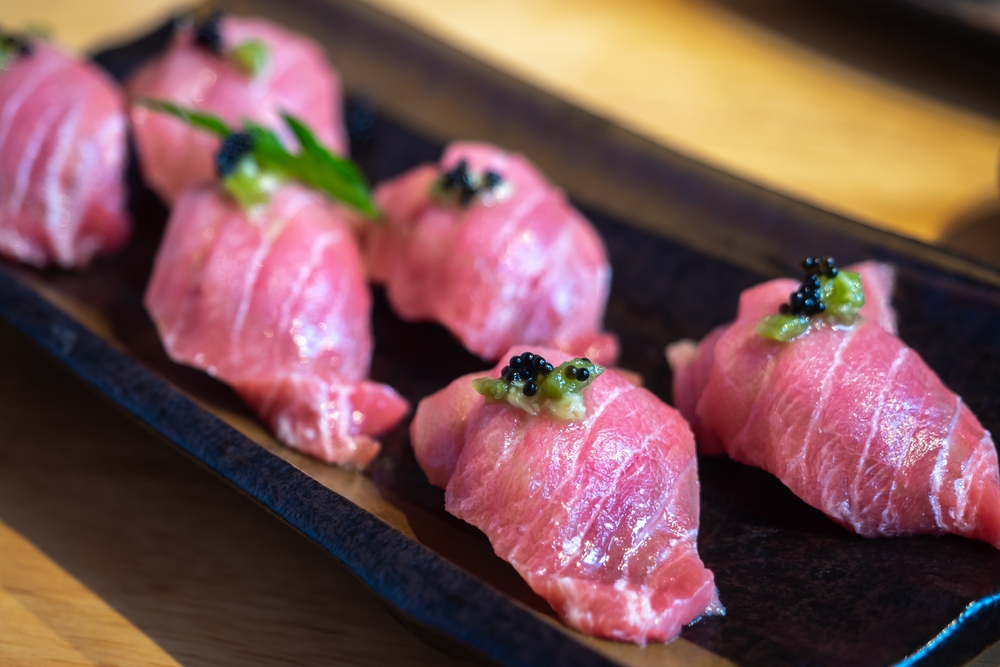
Bluefin Tuna
The most expensive bluefin tuna ever sold weighed 489 pounds and was sold for nearly $2 million. Bluefin is actually the only type of tuna in the world that can grow to be that large. It’s usually at high-end seafood and sushi restaurants. It is the most expensive, and it is also the most sought after.
When aged properly, bluefin has the perfect balance of sweet and savory flavors. It is also the only fish that has an intense marbling. An adult bluefin tuna weighs about 450 pounds on average, and the price can vary based on a few different factors.
On the east coast, a bluefin tuna will cost around $40 per pound. But in Japan, they run for upwards of $200. Many chefs believe that during the winter months, tuna from Japan is much better than tuna from America. And, otoro tuna is considered some of the best in the world.
It is considered pretty irresponsible to eat a Pacific bluefin though. This is because there are heavier restrictions on fishing, in order to allow the population to grow. For decades, bluefin in the Pacific were overfished and it began to harm their population. It is advised to not eat any bluefin that is not from Japan.
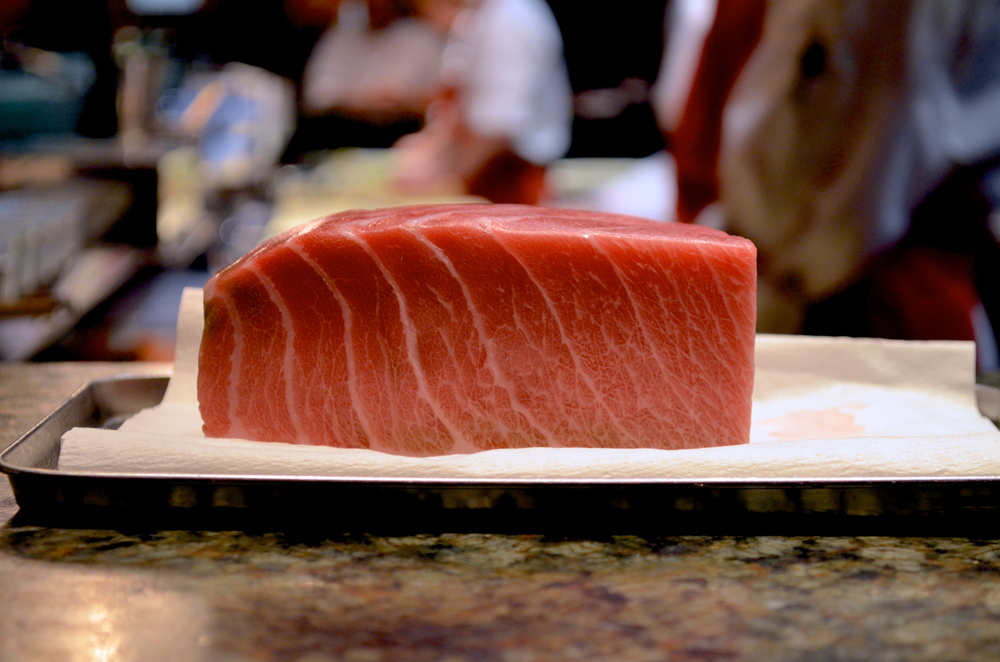
During peak season, this tuna costs 400-450 per kilo. When converted to USD and brought to America, this is about $400 per pound. Other than its special taste, it is more expensive because fish go through a long process in Japan before it can be served.
Process of Obtaining Otoro
In America, oftentimes fish go straight from the fisherman to the cooks. Bluefin fish live in the Pacific ocean, but are rarely, if ever, harvested and sold in America. In Japan, fish go through a much more tedious handling process before it is sold. Fish are often handled with more care in Japan, so there is a much lower likelihood of it being damaged and a higher likelihood that it will be cut precisely. This is another factor in the high price tag of otoro.
To get otoro specifically, the bluefin tuna is cut into parts. The head will be separated from the body, and sold at a much cheaper price than the otoro. Otoro is around the midsection of the fish and is the fleshiest part, as well as considered the best-tasting part of the fish.
In Japan, fish is passed through many hands before one can eat it. From the fisherman, it will go to a type of cooperative, then to the government. Here, it will be auctioned to a wholesaler. From that wholesaler, another wholesaler will purchase smaller amounts of it. And then, finally it is ready to be distributed to a hotel or restaurant.
Any high-end fish is going to be auctioned in Japan. When fish is caught in a better place, more sought after, and handled better, it will go for a much higher price. When the good quality of fish is apparent, it sells for a high price, and the fisherman is the one who gets to keep the majority of that money.

Fish Auctions
Most of the time, when fish is bought for an extremely high price at an auction, it is a publicity stunt or a gesture that holds symbolism, like a status symbol. This is the main reason the 489 pound tuna was sold for $1.8 million in 2013, not necessarily that its quality is worth millions of dollars. The first fish to be sold at an auction in 2018 went for $323,000.
In Japanese culture, the first thing that you do in a year is the most important. It sets the scene for the entire rest of the year. So, the first fish sold of a new year is always going to be a higher price than any other fish sold that year. And because of this tradition, it can get pretty competitive, especially for something as exclusive as otoro.
Parts of the Bluefin
Different parts of the bluefin tuna go for different prices. Otoro, the most expensive, is a very meaty section near the gills. Every part of a bluefin, and any other fish sold in Japan, is tested extensively for quality assurance. When the meat is taste tested, a professional will be able to tell if the fish had a good life and was healthy. This also impacts the price.

Akami is the most common meat sold from bluefish, but it is still much more expensive than a can of tuna from a U.S. grocery store. It is the leanest part of the fish, and translates literally to red meat. It’s closer to the backbone of the fish. Chutoro is another type of bluefin sold, near the side, but still not as fatty as otoro.
Bluefin fish are usually also only harvested from the wild, which impacts their price as well. A tuna from the wild has a cleaner diet and a happier life, so its flavor will be more pungent. Whereas a tuna raised on a farm is fed solely sardines by force. If you buy tuna that’s been farm-raised, you’re likely to be able to taste the sardines in it. Compared with wild tuna, where the flavor of the tuna you bought is much more noticeable.
Related posts:
Final Thoughts
If you’re buying otoro in Japan, the cheapest you will be able to find it is at around $40. However, if you’re in America, it runs for upwards of $400 for one pound. Bluefin tuna are native to the east coast of America, but are somewhat of a protected species here as they were overfished. So, the only ethical, and likely easiest, way to get otoro is from Japan.
Otoro is the fleshiest part of the bluefin tuna fish, and many consider it the tastiest. It’s often sold in high-end sushi restaurants and luxurious hotels. Because of its unique taste and rarity, it has an incredibly large price tag.





